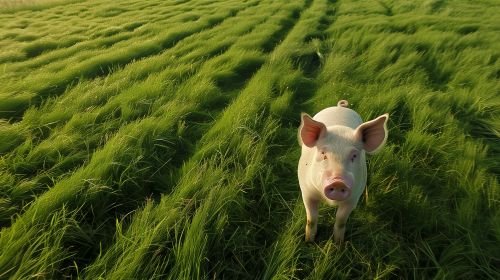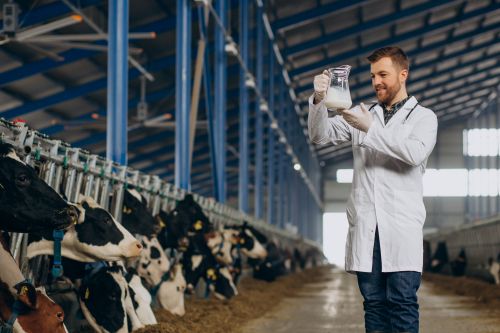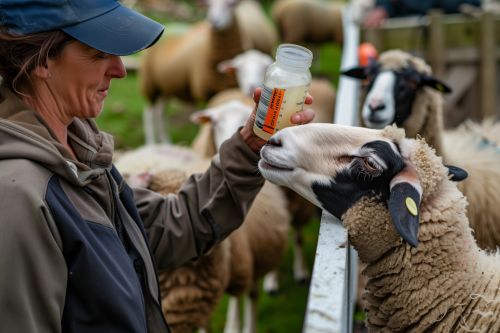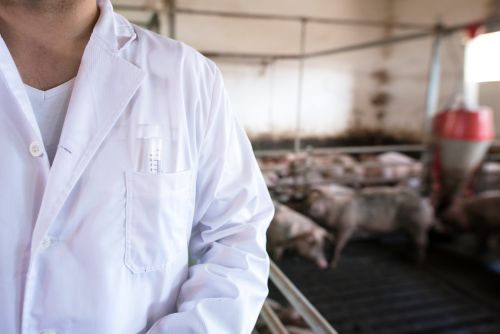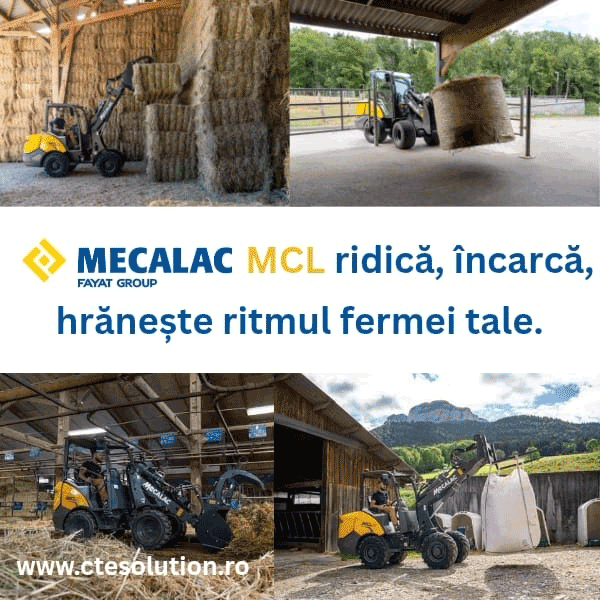287
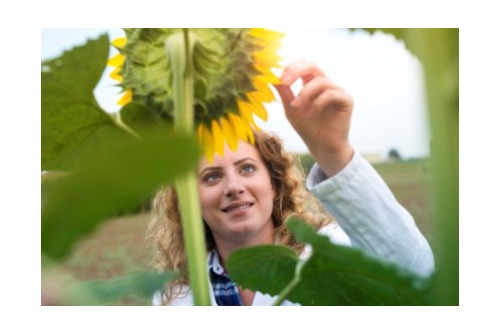
The green transition has become the greatest structural challenge for Romanian agriculture.
The climate objectives set by the European Commission through the Green Deal and Farm to Fork strategies require a 50% reduction in pesticide use and a 20% reduction in chemical fertilizers by 2030, alongside an increase in organic farmland to at least 25% of total agricultural area. For a fragmented agricultural economy dependent on imported inputs, adaptation entails significant costs.
According to the Ministry of Agriculture and Rural Development (MADR, 2024), the minimum annual investment needed for farms to comply with environmental standards exceeds €1.5 billion, covering equipment modernization, waste management, wastewater treatment, and the implementation of green technologies. At the same time, AFIR reports over 2,300 projects submitted in 2024 for renewable energy and energy efficiency — a sign of growing awareness among young farmers and cooperatives.
The major issue remains the financial gap: small farms, which account for over 90% of the total, lack the capital required for adaptation. Therefore, the green transition should not be viewed as an administrative obligation but as a national, integrated plan for technological and professional transformation.
In the medium term, Romania has the opportunity to turn regulatory pressure into a competitive advantage: cleaner farms, certified products, and preferential access to Western European markets. However, without a coherent support strategy, the transition risks becoming yet another dividing line between large, digitalized farms and small family holdings with limited resources.
(Photo: Freepik)
